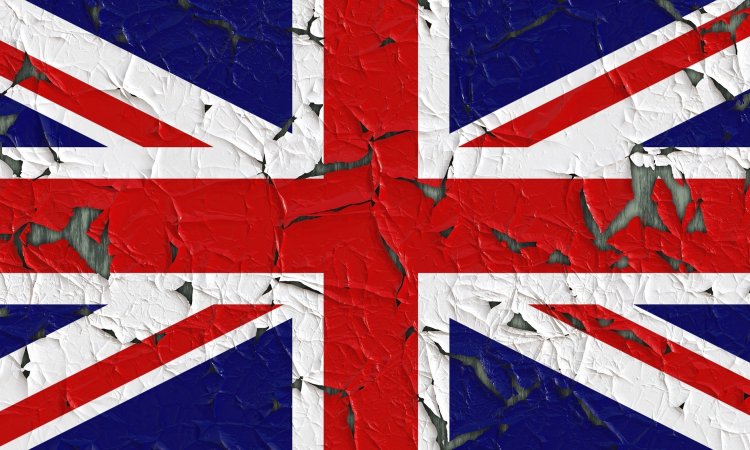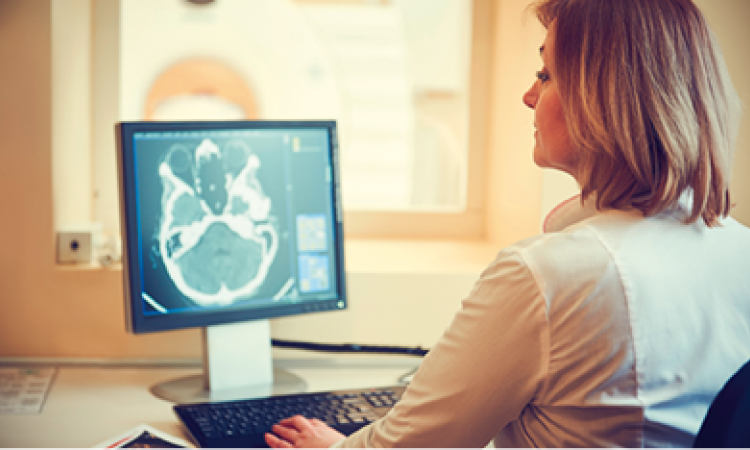Step forward
Establishing a European biobank for medical imaging
The European Society of Radiology (ESR) and the Biobanking and Biomolecular Resources Research Infrastructures – European Research Infrastructure Consortium (BBMRI-ERIC) announce the beginning of an official collaboration.

The ESR and the BBMRI-ERIC signed a Memorandum of Understanding on November 11, 2015 that officially seals the beginning of a promising collaboration.
Through its European Action Plan for Medical Imaging, launched in November 2014, the ESR has drawn the attention of EU institutions and other stakeholders to the importance of integrating imaging and ‘omics’ data and the need for a structured repository for imaging data in order to facilitate personalised medicine, clinical trials, and the evaluation of new drugs. The society has since been working on a strategy to support the development of European biobanks in medical imaging to simplify access to knowledge, improve interoperability, standardisation, and data management, and to ensure a harmonised approach to quality assurance of data. The immediate purpose of imaging biobanks will be to allow the generation of imaging biomarkers for use in research studies and to support biological validation of existing and novel imaging biomarkers.
The ESR is particularly pleased with this collaboration with the BBMRI-ERIC, which will facilitate development in the integration of imaging data with biobank databases.
In a joint workshop on October 7, 2015, the two partners discussed their collaboration in detail and identified their common objectives under the guidance of the ESR President, Prof. Luis Donoso, the ESR Research Committee Chairperson, Prof. Hans-Ulrich Kauczor and the BBMRI-ERIC Director General, Prof. Jan-Eric Litton.
The main goals of this collaboration are to promote the importance and visibility of imaging biobanks, to coordinate efforts to establish a European imaging biobank infrastructure and to ensure its linking to existing biobanks.
The two organisations will work together on the linking of MIABIS 2.0 (Minimum Information About BIobank data Sharing) with DICOM (Digital Imaging and Communications in Medicine) and with regard to the BBMRI-ERIC Directory 2.0, a tool for sharing aggregate information about the biobanks that are willing to start external collaboration. Moreover, they will collaborate in order to identify existing large population cohorts (LPC) with imaging biobanks and encourage them to link them to BBMRI-ERIC. In line with the ESR survey on imaging biobanks, carried out among heads of radiology departments across Europe in December 2014, the ESR will keep its national member societies informed about joint activities with the BBMRI-ERIC, in order to make sure that all European imaging biobanks will be involved in this important collaboration.
A Professional Challenges Session with the title Biobanks meet imaging, held by both organisations, will take place at ECR 2016 on Friday, March 4, 08:30–10:00 in the Studio 2016 at the Austria Center Vienna.
Source: ESR
18.01.2016










